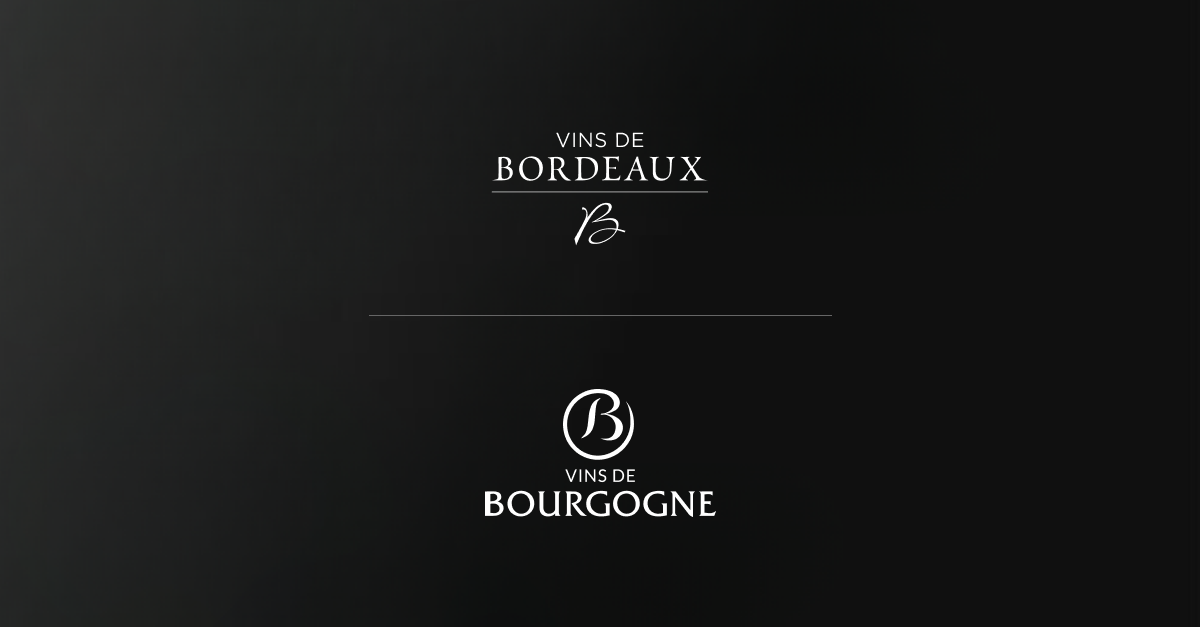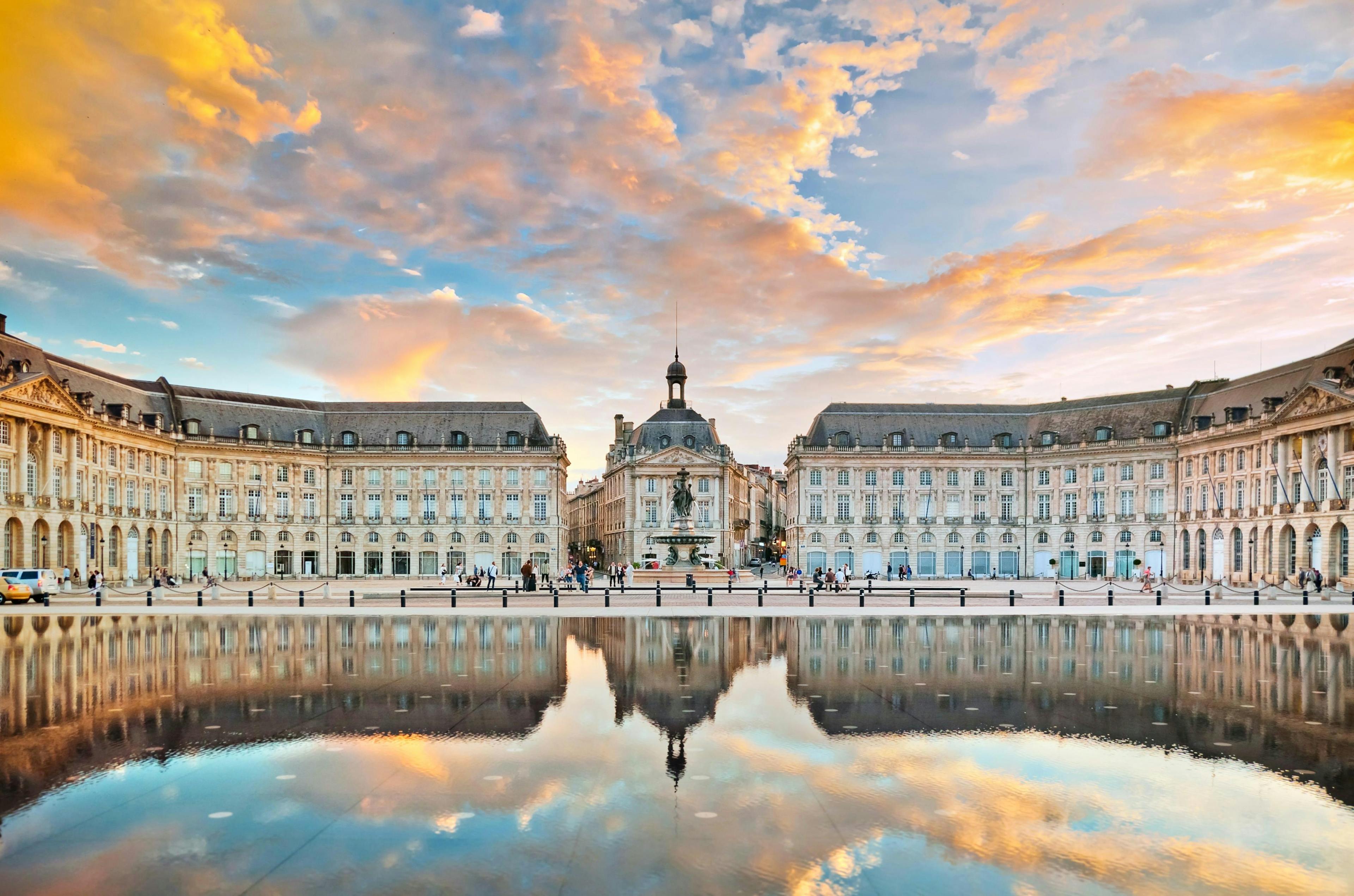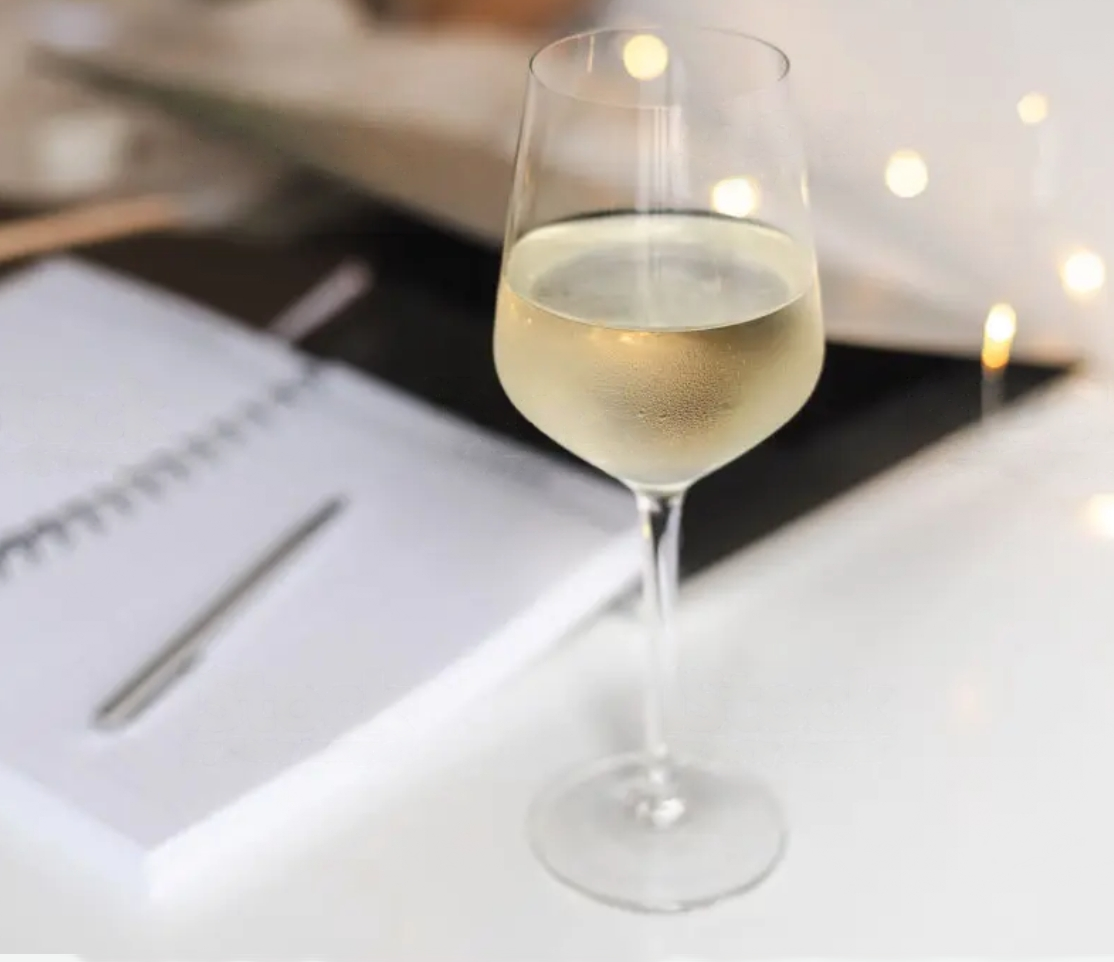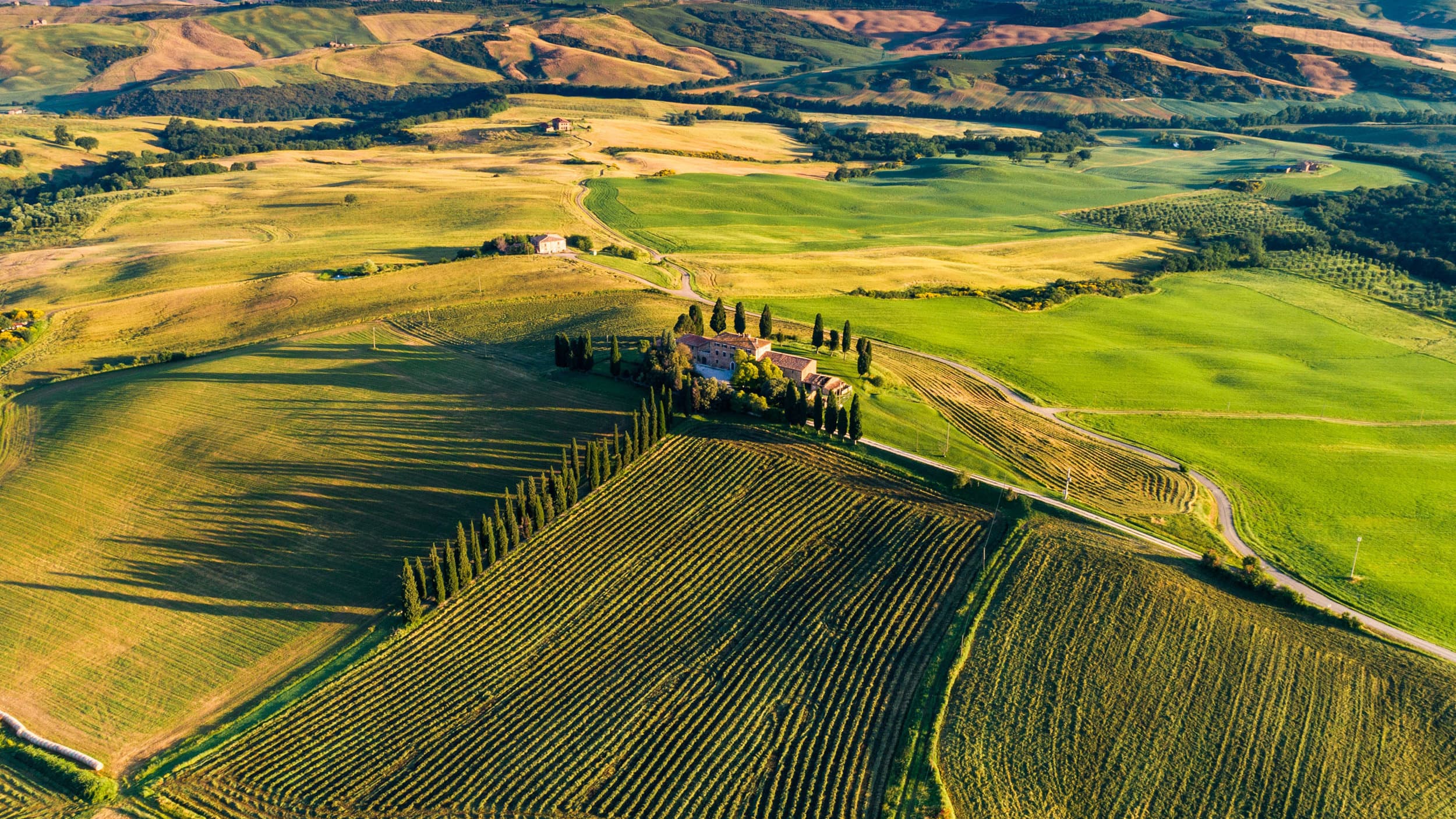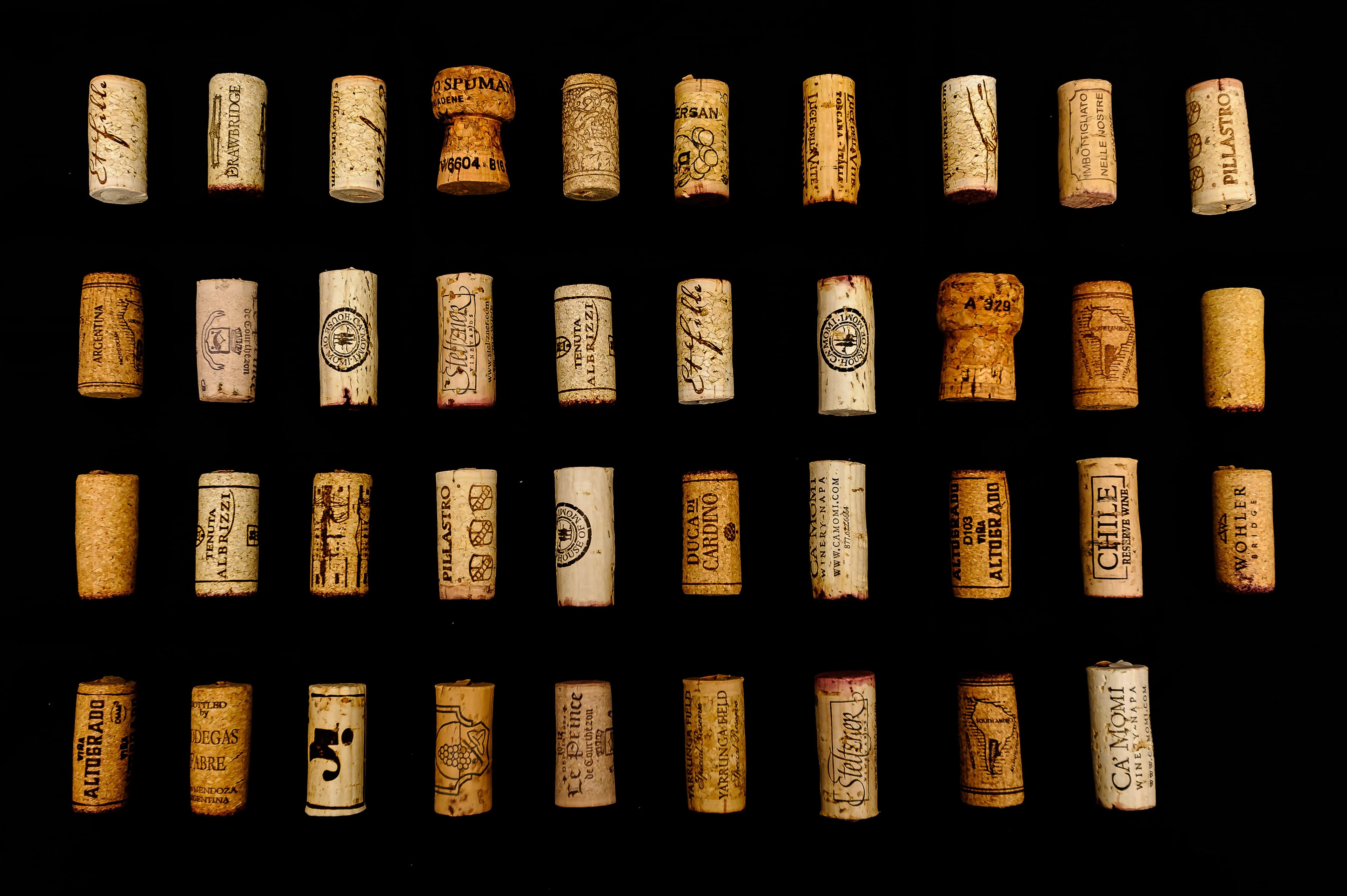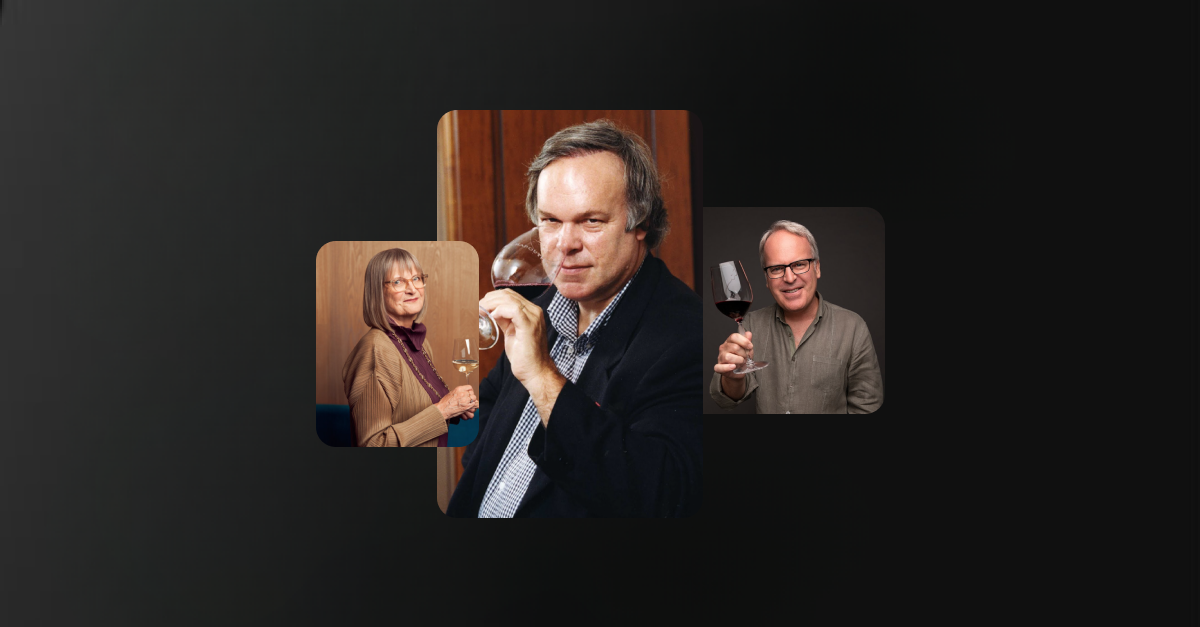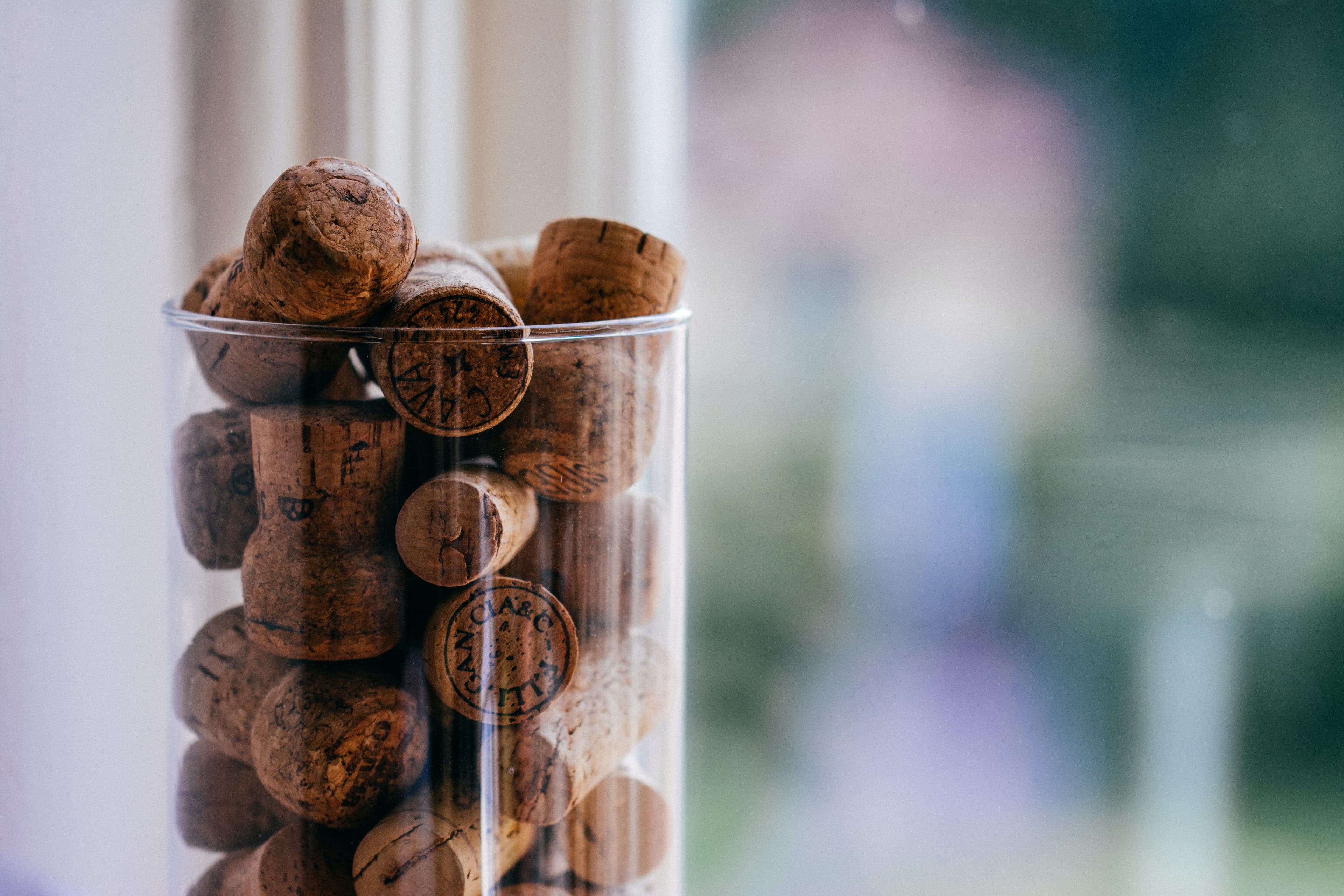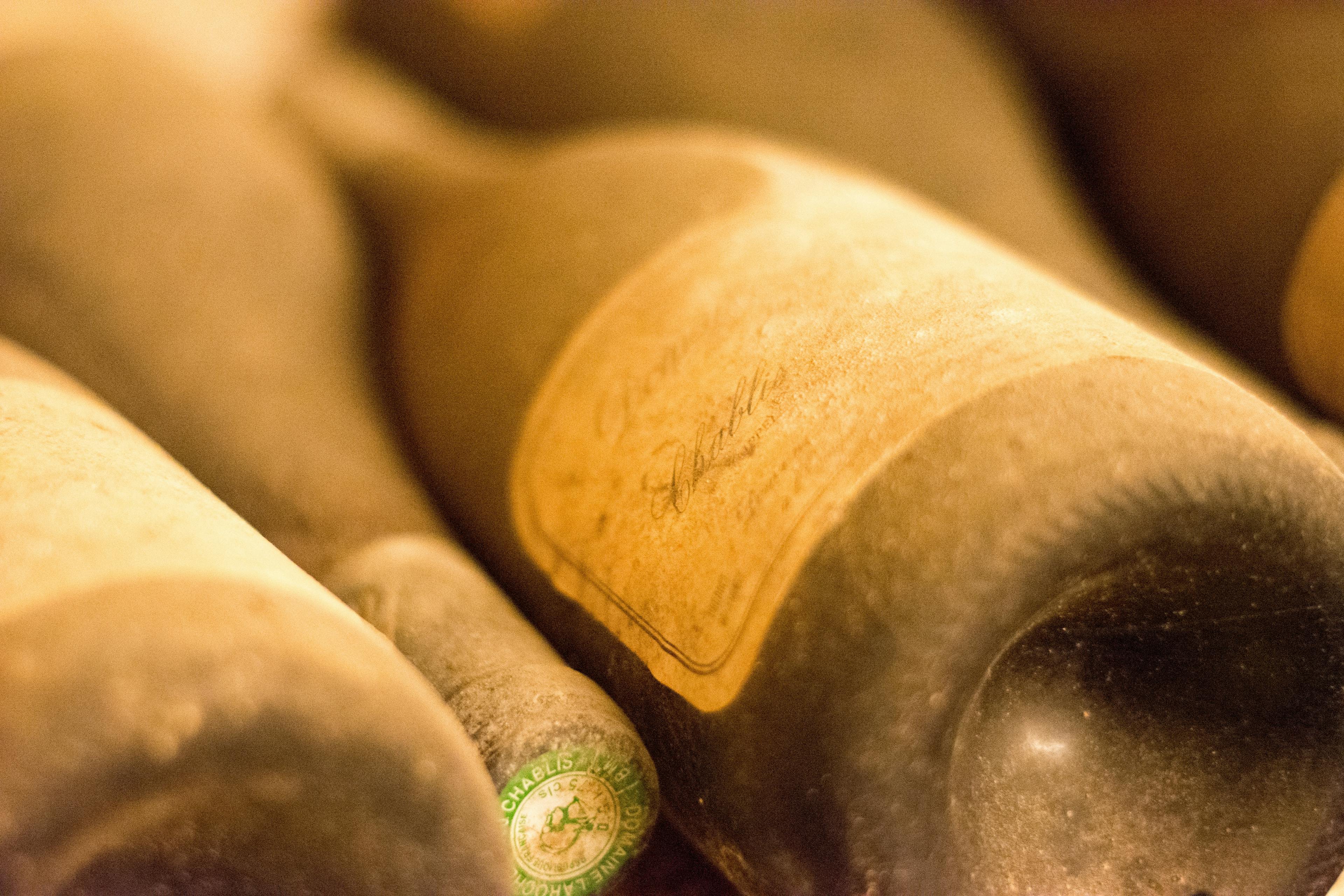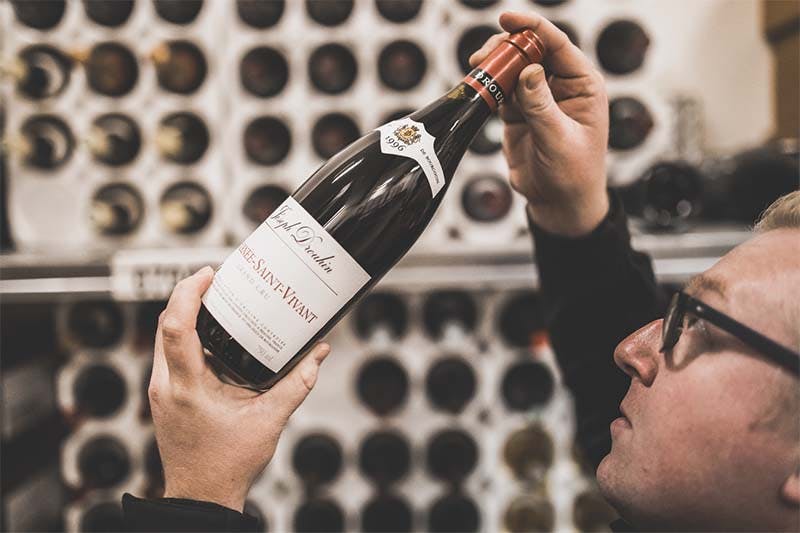
Discover the fascinating story of Veuve Clicquot, a name synonymous with premium champagne and remarkable heritage. Founded in 1772 by Philippe Clicquot, the brand gained prominence under the management of Madame Clicquot, who became known as the 'Grande Dame of Champagne'. Her innovations and entrepreneurial spirit propelled the company to international fame, setting standards in the champagne industry that are still revered today. This article delves into the historical milestones, the challenges faced, and the visionary leadership that shaped the legacy of this iconic brand.
The Founding of Veuve Clicquot in 1772
The origins of Veuve Clicquot trace back to 1772 when Philippe Clicquot established a wine business in Reims, France. Initially, the company focused on producing white and red wines. However, the vision for the brand took a significant turn when Philippe's son, François Clicquot, married Barbe-Nicole Ponsardin. After François's untimely death in 1805, Barbe-Nicole, later known as Madame Clicquot, took the helm. Her innovative spirit and keen business acumen propelled the company into new heights.
Madame Clicquot's pioneering techniques, such as the riddling table which improved the clarity of champagne, revolutionized the industry. Under her leadership, Veuve Clicquot established itself as a luxury brand synonymous with quality and elegance. The company's expansion was marked by its first shipment to Russia in 1814, which opened up international markets.
Today, Veuve Clicquot is celebrated not only for its rich history but also for its distinctive taste, characterized by a perfect balance of strength, aromatic intensity, and freshness. This legacy of innovation and excellence continues to define the brand, making it a staple at celebrations worldwide.
The Impact of Madame Clicquot on the Champagne Industry
Madame Clicquot, often hailed as the "Grande Dame of Champagne," revolutionized the champagne industry in the early 19th century. Her innovations and business acumen not only elevated Veuve Clicquot to international acclaim but also set new standards for quality and production in the region. One of her most notable contributions was the development of the riddling table, which significantly improved the clarity and quality of champagne. This process involves gradually tilting and turning the bottle to collect sediment near the cork, which is then removed.
Under her leadership, Veuve Clicquot pioneered the dry style of champagne that became immensely popular, particularly among the British aristocracy. This shift not only influenced the flavor profiles preferred by consumers but also the food pairings that best complemented this beverage. Today, her legacy continues as the brand remains synonymous with high-quality champagne, enjoyed worldwide. Here are some ideal pairings to enhance your Veuve Clicquot experience:
Smoked salmon, which complements the crispness of the champagne
Creamy cheeses like Brie, balancing the acidity
Lightly seasoned poultry, perfect for highlighting the champagne’s delicate flavors
Key Historical Milestones of Veuve Clicquot
Veuve Clicquot, a prestigious name in the champagne industry, has a rich history marked by several significant milestones. Founded in 1772 by Philippe Clicquot, the house initially struggled but found its footing under the leadership of Madame Clicquot, Philippe's widow, who took over in 1805. She is credited with developing the first known riddling table, revolutionizing the process of champagne clarification.
In 1810, Veuve Clicquot produced the first known vintage champagne in the region, setting a precedent for future production. This innovation paved the way for the creation of popular vintages, which continue to be celebrated worldwide. Another notable event occurred in 1814 when Madame Clicquot managed to ship her champagne to Russia despite the Napoleonic Wars, significantly boosting the brand's popularity.
By the mid-19th century, Veuve Clicquot had established itself as a luxury brand, with its distinctive yellow label introduced in 1877, enhancing its visibility and appeal. This label has become synonymous with quality and luxury, helping to cement Veuve Clicquot's status as a top player in the global champagne market.
The Development of the First Vintage Champagne
The creation of the first vintage Champagne by Veuve Clicquot marked a significant milestone in the history of winemaking. In 1810, under the guidance of Madame Clicquot, the winery developed a method to serve Champagne that would maintain its quality and taste over time. This innovation was pivotal, as it introduced the concept of vintage Champagne, where bottles are produced from grapes harvested in the same year.
Innovative Techniques: Madame Clicquot employed new techniques in the clarification process, notably the riddling table, which improved the clarity and quality of the wine.
Quality Control: By marking the cork with the vintage year, she ensured traceability and authenticity, which appealed to connoisseurs.
Marketing Savvy: The introduction of vintage Champagne allowed Veuve Clicquot to market their wines more effectively, targeting upscale clientele who valued exclusivity and quality.
Global Appeal: This move set a precedent that other Champagne houses soon followed, cementing the region's reputation globally.
These strategic decisions not only enhanced the brand's prestige but also revolutionized the Champagne industry, setting standards that are still respected today.
Veuve Clicquot During the World Wars
During the tumultuous times of the World Wars, Veuve Clicquot played a significant role not only in maintaining its operations but also in symbolizing resilience and continuity. The champagne house, established in 1772, faced numerous challenges as conflicts swept across Europe. Despite these hardships, the brand managed to sustain production and even innovate, a testament to its enduring legacy.
Adaptation to War Conditions: As resources became scarce and manpower was diverted to war efforts, Veuve Clicquot adapted by streamlining its processes and focusing on core markets. This strategic shift ensured that they could continue producing their esteemed champagne, albeit at reduced volumes.
Preservation of Vineyards: The vineyards, crucial to the champagne's quality, were meticulously maintained. Efforts were made to protect these assets from the ravages of war, including potential land mines and other military damages.
Innovation in Adversity: Remarkably, the period also saw innovation. The introduction of table wine production helped keep the business afloat when exporting champagne became challenging.
Symbol of Hope: For many, enjoying a glass of Veuve Clicquot became a symbol of hope and a reminder of the joys of life, even in dark times.
These efforts not only helped sustain the company through the wars but also bolstered its reputation globally, setting the stage for post-war prosperity.
Innovations Introduced by Veuve Clicquot
Veuve Clicquot has been a pioneering force in the champagne industry, introducing several key innovations that have shaped modern winemaking. Among these, the technique of riddling revolutionized how champagne was clarified. This process involves gradually tilting the bottle to encourage yeast sediments to settle near the bottle's neck for easy removal. The innovation significantly improved the clarity and quality of the champagne, setting a new standard in the industry.
Another notable advancement was the creation of the first known vintage champagne in 1810. This marked a departure from the norm of producing non-vintage blends, allowing connoisseurs to appreciate the unique characteristics of a specific year's harvest.
Moreover, Veuve Clicquot played a crucial role in developing the rosé champagne blending method. By adding a small amount of red wine to the champagne, the house was able to achieve a consistent and desirable pink hue, which was a significant improvement over the unreliable coloration techniques previously used.
For those looking to store their Veuve Clicquot bottles, these innovations not only ensure a superior product but also highlight the brand's commitment to quality and excellence in champagne production.
Expansion and Global Recognition
The journey of Veuve Clicquot into global recognition is a testament to its innovative approaches and strategic expansions. Initially a small-scale operation, the brand began to gain international attention in the early 19th century. This was largely due to the pioneering efforts of Barbe-Nicole Clicquot Ponsardin, who took over her late husband's wine business at the age of 27. Under her leadership, the company introduced revolutionary techniques in champagne production, including the riddling table which significantly improved the clarity and quality of champagne.
The brand's expansion was not just limited to product innovation. Aggressive marketing strategies and tapping into international markets were equally crucial. By the mid-1800s, Veuve Clicquot had established a presence in royal courts and among the nobility across Europe, which helped elevate its status and broaden its market reach. The iconic yellow label, introduced in 1877, became a symbol of quality that was recognized worldwide.
Today, Veuve Clicquot is synonymous with celebration and luxury. Its history of quality production and clever positioning continues to attract new generations of consumers. For more detailed facts, exploring the brand's rich heritage offers insights into its prestigious status in the champagne industry.
The Acquisition by LVMH
The acquisition of Veuve Clicquot by LVMH in 1987 marked a significant chapter in the history of luxury brands. This move was part of a strategic effort to enhance LVMH's portfolio with a brand that epitomized exceptional craftsmanship and heritage. Veuve Clicquot, known for its rich legacy in champagne production, brought a deep-rooted history of quality and innovation to LVMH's already impressive collection of luxury goods.
Strategic Alignment: The acquisition aligned with LVMH's goals to not only preserve but also elevate the prestigious image of Veuve Clicquot. By integrating this historic brand, LVMH reinforced its commitment to luxury and quality.
Expansion of Market Reach: Joining the LVMH family allowed Veuve Clicquot to expand its global market reach. This partnership leveraged LVMH’s extensive distribution channels, enhancing the brand's visibility and accessibility worldwide.
Enhancement of Expertise: The merger brought together Veuve Clicquot’s expertise in champagne with LVMH’s experience in brand management and marketing. This synergy helped in fostering innovation while maintaining the brand’s traditional practices and appeal.
This strategic acquisition has not only preserved but also amplified Veuve Clicquot’s legacy as a top-tier champagne producer under the LVMH umbrella.
Historical Marketing Campaigns
Veuve Clicquot's marketing strategies have always been groundbreaking, reflecting the bold spirit of its founder, Madame Clicquot. One of the most notable campaigns was the rebranding of their champagne bottles during the early 19th century. This initiative not only differentiated their products visually but also elevated the brand's prestige globally. The use of bright yellow labels, now synonymous with the brand, was a strategic move to capture attention in an era dominated by more subdued packaging.
Innovative Distribution: During the Napoleonic Wars, Madame Clicquot pioneered the technique of "ship jumping" to expedite delivery and avoid blockades. This allowed her champagne to reach international markets faster than competitors, establishing a strong presence especially in Russia.
Celebrity Endorsements: By the mid-20th century, Veuve Clicquot had become a favorite among celebrities and royalty. The association with high-profile figures enhanced its image as a luxury brand.
Memorable Events: The annual Veuve Clicquot Polo Classic showcases the brand’s commitment to tradition and excellence. These events, held in prestigious locations worldwide, blend sport, fashion, and entertainment, attracting a chic crowd and extensive media coverage.
Each of these campaigns leveraged unique characteristics that set Veuve Clicquot apart in the crowded marketplace of fine champagnes.
Legacy and Heritage Preservation Efforts
Veuve Clicquot, a prestigious name in the champagne industry, has made significant contributions to heritage preservation. The brand's commitment to maintaining its rich history is evident through various initiatives:
Restoration of Historical Sites: Veuve Clicquot has invested in the restoration of its ancient cellars in Reims, France. These cellars, where champagne has been aged for centuries, are now part of a UNESCO World Heritage site.
Archival Projects: The company maintains an extensive archive of historical documents and champagne bottles. This collection provides invaluable insights into the evolution of champagne making and the brand’s development over the years.
Educational Programs: By offering tours and workshops, Veuve Clicquot educates the public about traditional champagne production techniques. These programs highlight the brand's legacy and its impact on the region.
Support for Cultural Events: The brand actively supports events that celebrate the heritage of the Champagne region. This includes sponsorships of wine festivals and contributions to local museums.
Through these efforts, Veuve Clicquot not only preserves its own legacy but also contributes to the broader cultural preservation of the Champagne area.
Conclusion
In conclusion, the rich history of Veuve Clicquot is not just a tale of exceptional winemaking but also a story of innovation and resilience that continues to inspire the wine industry today. From the entrepreneurial spirit of Madame Clicquot to the brand's pioneering role in creating the first known vintage champagne in the region, Veuve Clicquot's legacy is a testament to the enduring appeal and prestige of its wines. As we reflect on the storied past of this iconic champagne house, it's clear that the traditions and innovations established by Veuve Clicquot have set a benchmark for quality and creativity in the wine world.
At Rekolt, we understand the importance of heritage and quality, which is why we are committed to offering our customers not only the finest wines but also the best storage solutions. By choosing to store your Veuve Clicquot or any other premium wine in our professional cellars, you ensure optimal aging conditions, preserving the quality and enhancing the wine's potential value over time. Whether you're a collector looking to invest in wine or a connoisseur aiming to enjoy a perfectly aged bottle, Rekolt provides the ideal platform to buy, store, and trade wines with confidence and ease. Embrace the legacy of Veuve Clicquot and other renowned wines through our expert services, designed to elevate your wine experience to the highest standard.
Share this article
